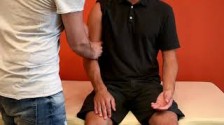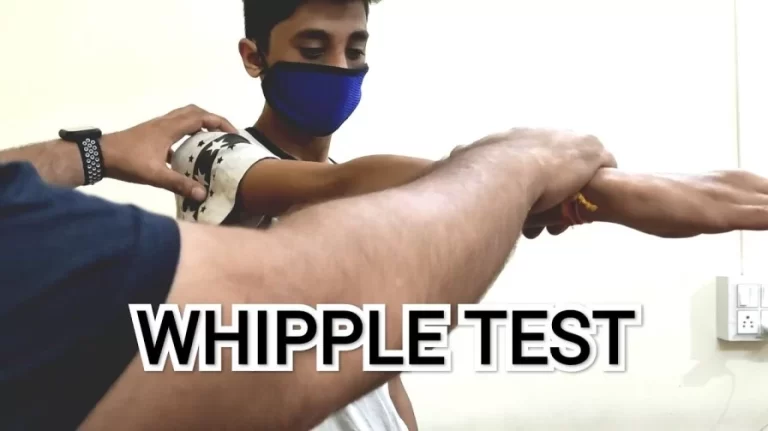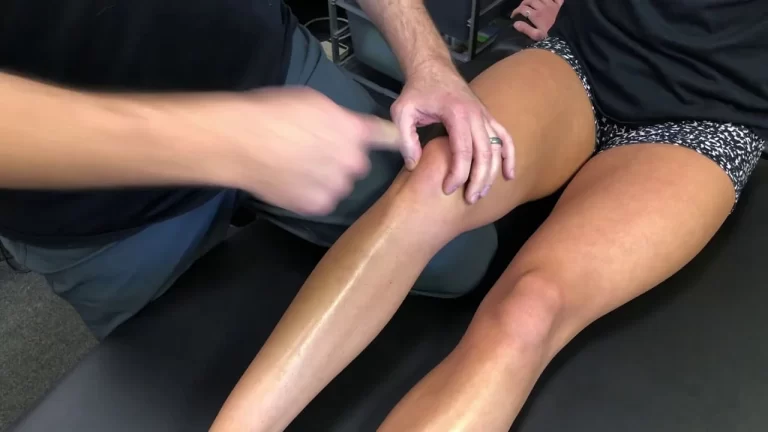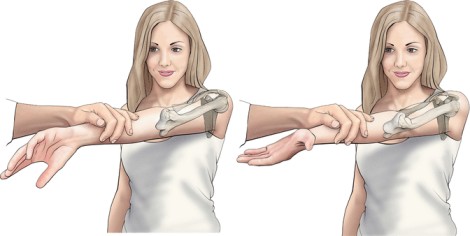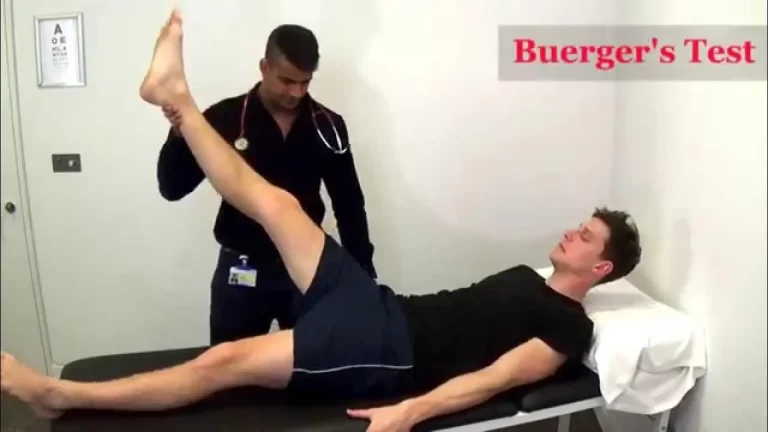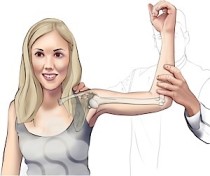Biceps Squeeze Test:
- This Biceps Squeeze Test is applied to the clinic to check the rupture of the biceps tendon.
- This clinical or orthopedic test is applied by to doctor or therapist to check the third-degree strain [3′].
- This test is applied to examine part of the assessment.
What is bBiceps tendon rupture?
- Biceps tendon rupture is due to the excessive eccentric force when the arm is brought into extension from the flexion position.
- These excessive activities include labor-intensive jobs, wrestling, weightlifting.
- Risk factors of the rupture of the biceps tendon include obesity, smoking, age, overuse & use of corticosteroids drugs,
- The incidence of rupture of the biceps tendon is around 2.55 per 100,000 patients in 1 year.
- Most of the patients for rupture of the biceps tendon are males around more than 95%.
- Age of patient for rupture of the biceps tendon is middle age between 35 years to 54 years.
- Mostly this Rupture occurs in the dominant limb.
What is the Purpose of the Biceps Squeeze Test?
- The Biceps Squeeze Test is used to check the rupture of the distal biceps tendon.
- This Biceps Squeeze Test is also used to check the 3′ degree strain of the biceps tendon.
What is the Technique of performance of the Biceps Squeeze Test?
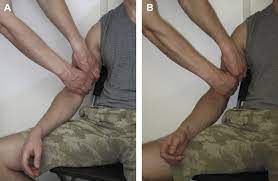
- The patient position for the test is in a sitting position with the forearm is supported comfortably on the patient’s lap.
- Then Elbow is flexed approximately up to 60-80 degrees.
- At this situation of flexion, stress is on the brachialis muscle minimizes & with the help of isolating the biceps muscle from the forearm in supination.
- The forearm is slightly pronated.
- The examiner stands on the side of the limb which is examined by the side of the patient.
- After that The examiner is squeezed the biceps brachii muscle firmly with both hands, the patient places one hand on the myotendinous junction & the other hand of the examiner is around the muscle belly.
- So that when the biceps brachii muscle is squeezed, it is a deformation of the proximal muscle which creates tension in the distal tendon of the biceps resulting in the forearm being in supination position.
- This would not occur if the distal tendon is avulsed from its insertion on the radius.
What is result of the Biceps Squeeze Test?
- A positive Biceps Squeeze Test indicates the absence of the supination in the forearm during the test.
- It shows the rupture of the distal biceps tendon.
Hook test:
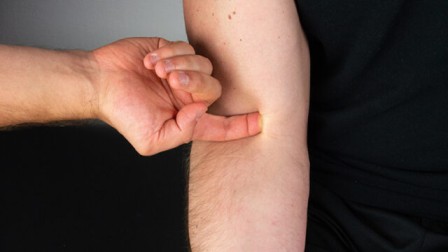
- This is another test that is used to check the rupture of the biceps tendon.
- The patients abducted the shoulder to 90′ with the elbow flexed to 90′ & the arm supinated so that the thumb faces up.
- The patient is then asked to actively supination the forearm against the resistance of the examiner.
- With the index finger of the other hand, the examiner attempts to hook underneath the biceps tendon, hooking from lateral to medial at the same time.
- If no cord-like structure can be hooked, the test is positive for a rupture of the distal biceps.

